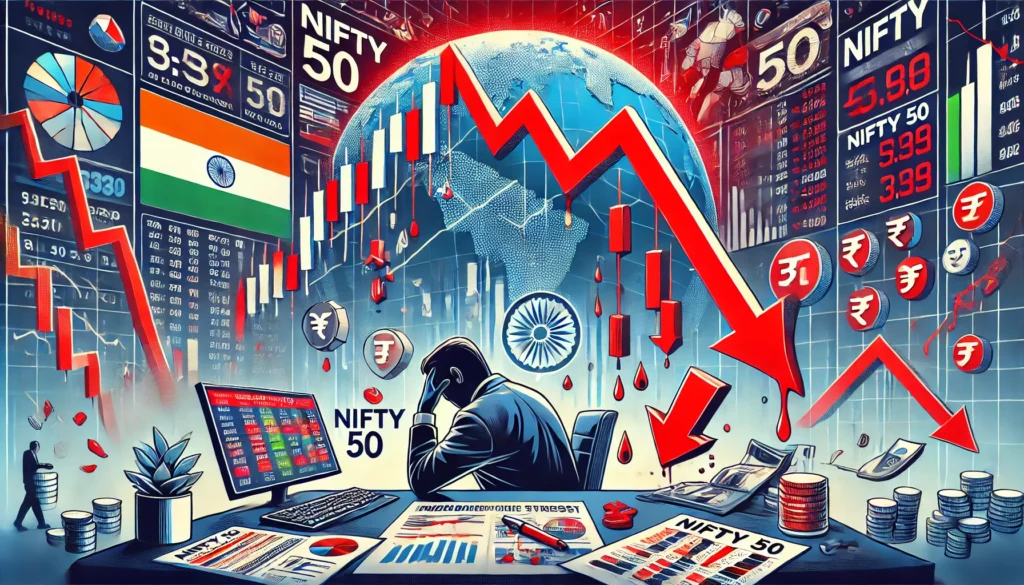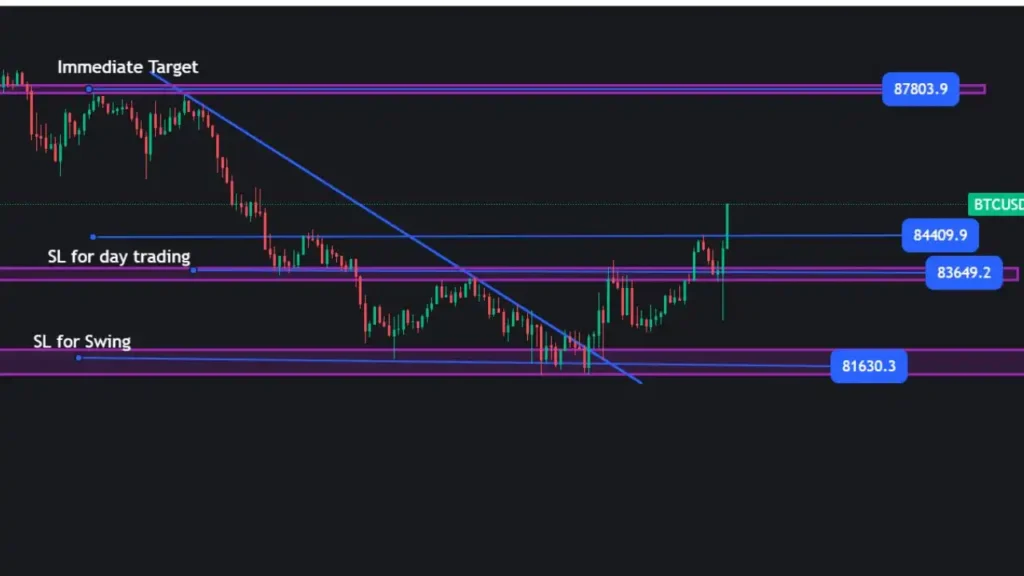Introduction: The Hedge Fund That Was “Too Smart to Fail”
In the world of finance, few stories have captured the sheer arrogance and downfall of Wall Street as dramatically as Long-Term Capital Management (LTCM). This hedge fund, run by some of the smartest financial minds, made billions using advanced mathematical models—until it collapsed spectacularly in 1998, nearly crashing the global economy.
This story is a lesson in overconfidence, excessive leverage, and the limits of financial models.
The Dream Team: Nobel Laureates, Wall Street Legends, and an Unstoppable Fund
LTCM was founded in 1994 by John Meriwether, a former bond trader at Salomon Brothers. He wasn’t just any trader—Meriwether was a legend in arbitrage trading, the practice of profiting from small price differences in related securities.
To make LTCM an elite operation, he recruited two of the brightest financial minds:
- Myron Scholes and Robert Merton, Nobel Prize-winning economists who revolutionized options pricing with the Black-Scholes model.
- David Mullins Jr., former vice chair of US Feds.
With a dream team in place, investors lined up to pour money into the fund, believing they had unlocked the key to risk-free investing.
The Strategy: “Risk-Free” Arbitrage and Massive Leverage
LTCM’s strategy was based on fixed-income arbitrage. The fund identified small pricing inefficiencies in government bonds, betting that these would eventually converge.
Their models were backed by historical data, assuming that markets would always behave rationally. And for a while, they were right.
By 1997, LTCM managed over $100 billion in assets with just $4.72 billion in investor capital. The firm was using extreme leverage—borrowing up to 30 times their capital to maximize returns.
And it worked. LTCM was delivering returns of 40% per year, making it one of the most successful hedge funds in history.
But beneath the surface, cracks were forming.
The Warning Signs: Overconfidence and the Illusion of Control
LTCM’s belief in their models was absolute. They thought they had built a risk-proof system, immune to market crashes.
What they ignored:
- Markets are not always rational.
- Leverage can multiply loss as much as gains.
- Black Swan events (rare, unpredictable events) can destroy even the most stable systems.
In 1997, warning signs began to appear when Asian financial markets crashed. LTCM was hit but survived.
However, instead of reducing risk, they doubled down on their trades, believing their models would eventually be proven right.
This was a fatal mistake.
The Catastrophe: The Russian Default of 1998
In August 1998, Russia unexpectedly defaulted on its debt, triggering a financial crisis.
LTCM had bet heavily on Russian government bonds under the assumption that a default was impossible. When Russia collapsed, so did LTCM’s positions.
The Domino Effect:
- Markets went into panic mode.
- Traders around the world rushed to sell risky assets, making LTCM’s positions worse.
- Due to high leverage, their losses were catastrophic.
By September 1998, LTCM had lost $4.6 billion in a few months. Their complex trades, built on sophisticated mathematics, had failed because the real world didn’t follow their models.
The Global Panic and the Federal Reserve’s Bailout
LTCM wasn’t just any hedge fund—it was tied to almost every major bank on Wall Street.
A full collapse could trigger a global financial meltdown.
The Fed Steps In:
The U.S. Federal Reserve organized a $3.6 billion bailout, forcing 14 major banks (including Goldman Sachs and JP Morgan) to inject capital into LTCM.
Why? Because if LTCM failed, it could:
- Collapse the entire banking system, much like what happened in the 2008 financial crisis.
- Destroy confidence in financial markets, leading to widespread panic.
By early 2000, LTCM was completely dissolved.
The Aftermath: What We Learned from LTCM’s Fall
The LTCM disaster is a cautionary tale about the dangers of unchecked risk-taking in financial markets.
Key Lessons:
- No strategy is risk-free – Even Nobel-winning models can fail.
- Leverage is a double-edged sword – It can amplify profits, but it can also destroy you.
- Markets are unpredictable – Just because something has never happened before doesn’t mean it won’t.
- Overconfidence is dangerous – LTCM believed their models were foolproof, but real-world events proved otherwise.
Final Thoughts: The Legacy of LTCM
LTCM’s collapse led to increased regulation and changes in risk management at major financial institutions.
However, history repeated itself in 2008, when excessive risk-taking led to the global financial crisis.
LTCM’s story remains one of the greatest cautionary tales in Wall Street history—a reminder that in finance, there’s no such thing as guaranteed success.



